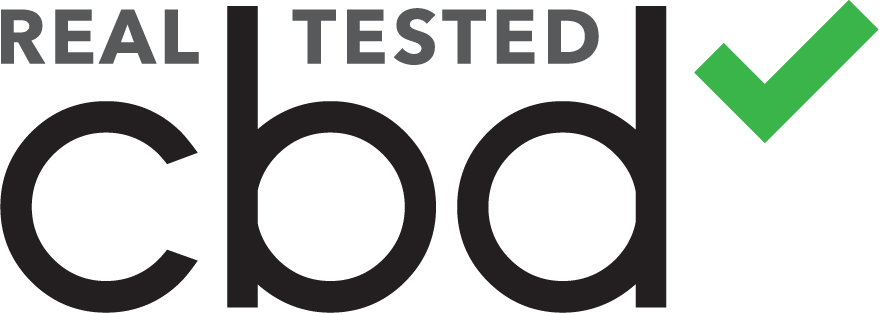
Introduction
Individuals controlling blood sugar levels may benefit from temporarily eliminating all grains, including whole grains, from their diets. However, it is essential to control the carbs content and GI value of the food you consume because high carbs and GI value can harm diabetic people as they can cause a spike in blood sugar.
We’ll find the answer to this question: are quinoa, couscous, and cream wheat good for diabetics.
Glycemic Index and Carbohydrates
Quinoa has a lower carbohydrate content than couscous and cream wheat. It has 21.3g of carbs per 100g, while couscous has 23.22g, and cream wheat has 76.5g of carbs per 100g.
Quinoa also has a lower GI than the other 2 grains. It has a glycemic index equal to 53, and couscous has a glycemic index of 56. Both are considered moderate GI. The glycemic index of cream wheat is unknown; however, consuming it will raise your blood sugar levels based on its high carbs content (76.5).
Based on the nutrition fact of quinoa and couscous, their consumption doesn’t raise blood sugar levels: partly due to their moderate GI, partly because they contain high fiber and protein, which slow the digestion process.
Type-2 Diabetes
Grains, such as rice or couscous, tend to cause a spike in blood sugar or glucose shortly after eating, followed by an energy crash. However, grains are usually high in dietary fiber, which can slow glucose absorption by the blood [1].
From these three grains, the cream of wheat is higher in fiber and net carbs. On the other hand, quinoa is also high in fiber and contains essential amino acids like lysine, leucine, and sulfur. One study indicates that patients with type 2 diabetes who consume amino acids have lower blood glucose levels without changing their plasma insulin levels [2].
Another study [3] of cooked quinoa and diabetes mellitus found that eating Peruvian Andean grains like quinoa can help with type 2 diabetes and high blood pressure. Quinoa’s omega-3 fatty acidsmay also help to reduce the harmful effects of diabetes, such as diabetic retinopathy.
Summary
Quinoa is a better choice in the case of diabetes. It has a GI of 53, good fiber and protein content, and amino acids, which may help with blood sugar control and reduce the harmful effects of diabetes. Nevertheless, diabetics can eat couscous as well; however, you must be cautious about how much you consume and prepare it. Avoid cream wheat if you manage your blood glucose levels.
References
- https://www.ncbi.nlm.nih.gov/pmc/articles/PMC7458778/
- https://www.ncbi.nlm.nih.gov/pmc/articles/PMC7434868/
- https://pubmed.ncbi.nlm.nih.gov/33305588/
Advertising disclosure: We may receive compensation for some of the links in our stories. Thank you for supporting LA Weekly and our advertisers.

